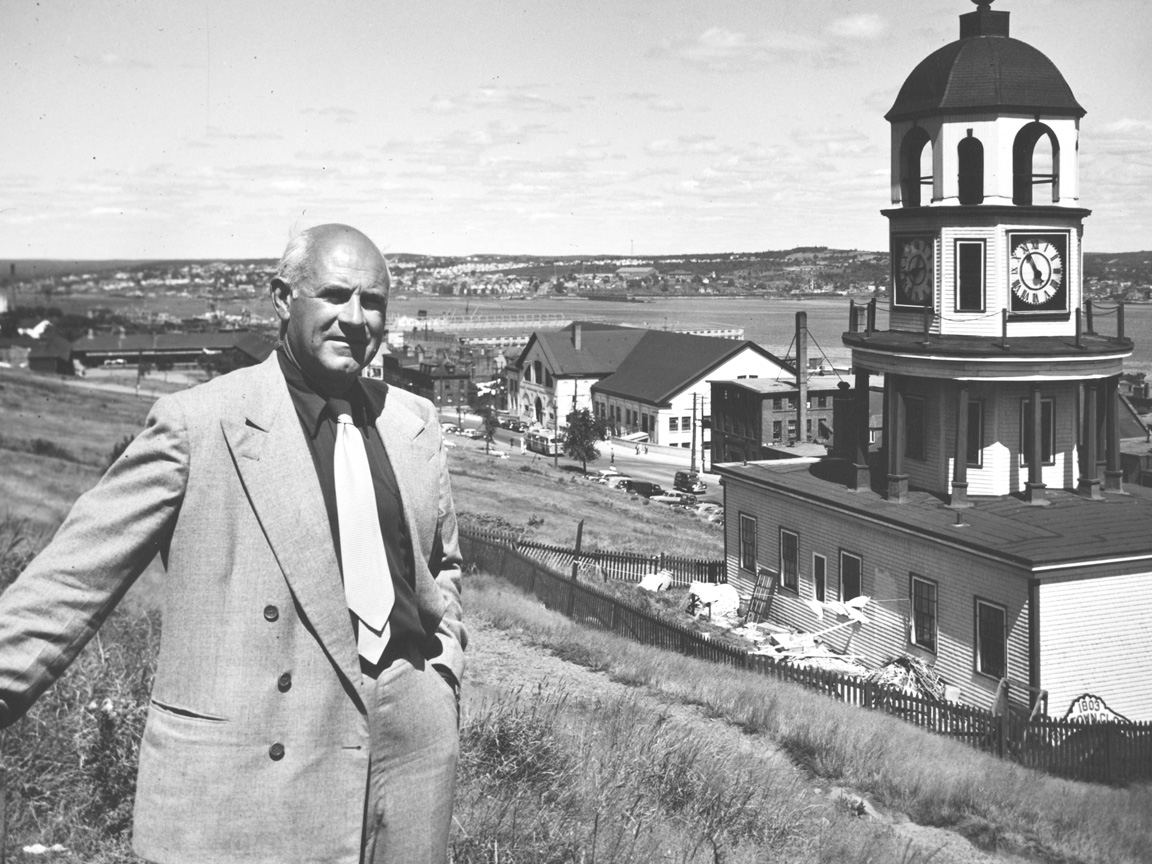Finding the Words
The man who would become one of Nova Scotia’s most celebrated novelists and historians moved to the province from England with his family when he was ten. Four years later, living in Halifax, young Tom’s life turned upside down.
In 1917, Tom and his family felt the full force of the Halifax Explosion, but escaped with minor injuries. A few months later, they learned their absent military officer father and husband had died overseas in France at the Battle of Amiens. Faced with a dire economic situation, Tom left school; he was in Grade 10, aged fourteen. He would never go to school again, but he would later win multiple literary awards and receive honorary degrees.
The work young Tom found, lying about his age, was as a telegrapher —tapping messages as “a brasspounder” on ships at sea. He toughed it out for several years, and sailed an estimated “thirty-five thousand miles on the cold and stormy North Atlantic.” Next came a year on lonely Sable Island, where in his spare time Tom finally began to write. He had his first story published when he was eighteen.
Fed up with being a telegrapher, Tom found work as a bookkeeper at a paper mill near Liverpool. He would stay in that area, near his beloved Mersey River, the rest of his life. There, he met and married Edith Freeman and raised a family.
After a few years of office work, writing pieces for national and international magazines in his spare time, Tom took a chance and quit. Nova Scotia and Canada would be glad he did. He would hit his full stride as a writer in the 1940s. From then on, Thomas H. Raddall devoted all his energy to writing stories and books. Eleven novels, seven histories, six short story collections and a memoir were the result.

